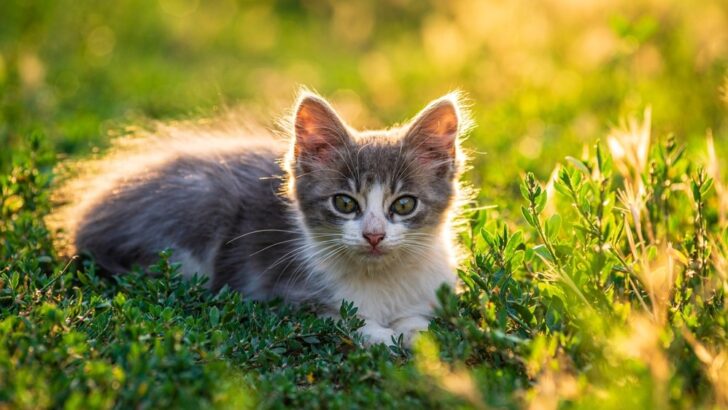An image of a cat with no teeth is at first very funny. But on second thought, most of us devoted cat parents get concerned. “What if my fluff loses all her teeth? Oh God, what would I do then?”
If similar thoughts like this one are roaming around your head, please don’t worry. A toothless kitty is a fairly common occurrence.
When I was a young girl, my family and I had a tomcat named Grumpy. I basically grew up with him, which means that I, unfortunately, got to witness his health decaying.
One of many things I experienced with him was when we had to take him to the vet who was supposed to remove all of his teeth due to a virus that had infected his gums.
I was so sad at first that I even cried at the veterinary station. But I vividly remember the vet telling me there was literally nothing to worry about. “Grumpy would be just fine in a matter of a couple of days,” he said.
And he truly was! Pretty much nothing changed, except that he became a very silly-looking feline. But we all still adored him and his brand-new feature.
So, if you’re worrying about your cat losing her teeth, I’m here to assure you she’ll be just fine.
In this article we’ll go through everything there is to know about feline dental anatomy, mention the reason why they lose their teeth, and how to feed them once they do.
So, let’s not waste any more of your precious time and jump right into our today’s topic.
Why are teeth important for our furry friends?
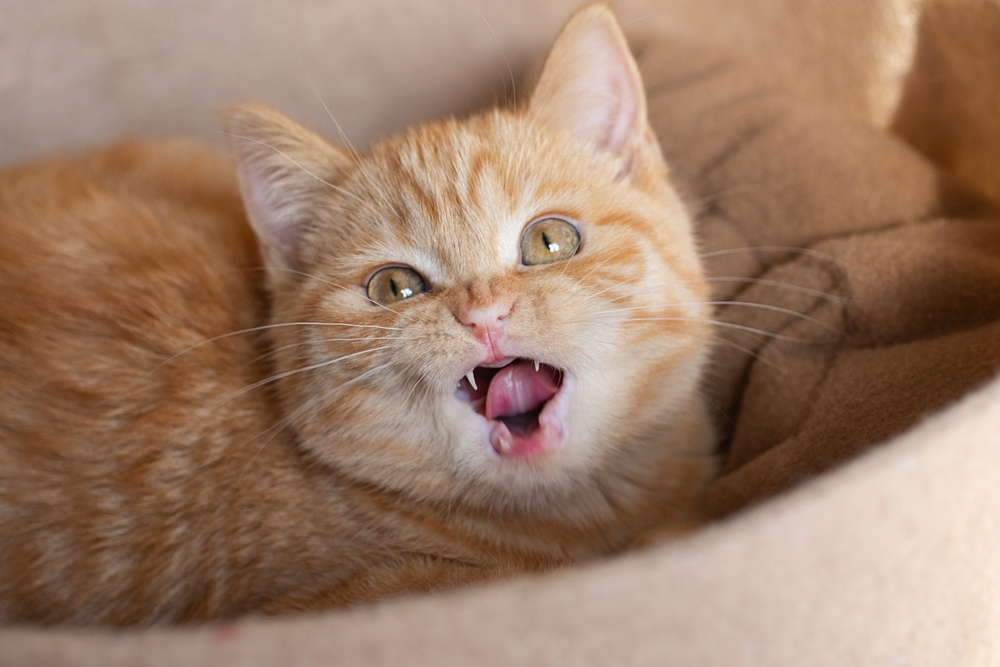
When you start wondering what cats actually use their teeth for, your initial thought is probably chewing. That is because we humans use our teeth primarily for that reason.
However, our furry companions are much more… well, let’s say complicated. Felines use their teeth primarily as their little hunting tools.
They use their pointy incisors and canines to catch and kill their prey, and their molars and premolars to tear down the meat into smaller pieces, so they could easily swallow them.
Just like cats don’t need their teeth for chewing in the sense that we understand that motion, their teeth do not play any particular role in their digestion, too. This is because their digestive system has enzymes that can easily and successfully process raw meat that they swallow during hunting.
Apart from hunting, felines also use their teeth for, believe it or not, grooming. Their front teeth come in handy when they need to detangle their matted fur or get out any annoying ticks or fleas that are stuck in their coats.
Biting their nails is also a normal part of their thorough grooming sessions. Just as we humans tend to invest a significant amount of time into cleaning our nails and making them look nice, so do our fluffy friends.
They also use their teeth to pick up food or other items or to chew on certain objects when they are feeling anxious. This action is a very useful way for them to relieve the stress and anxiety they are feeling.
How does a cat lose her teeth?
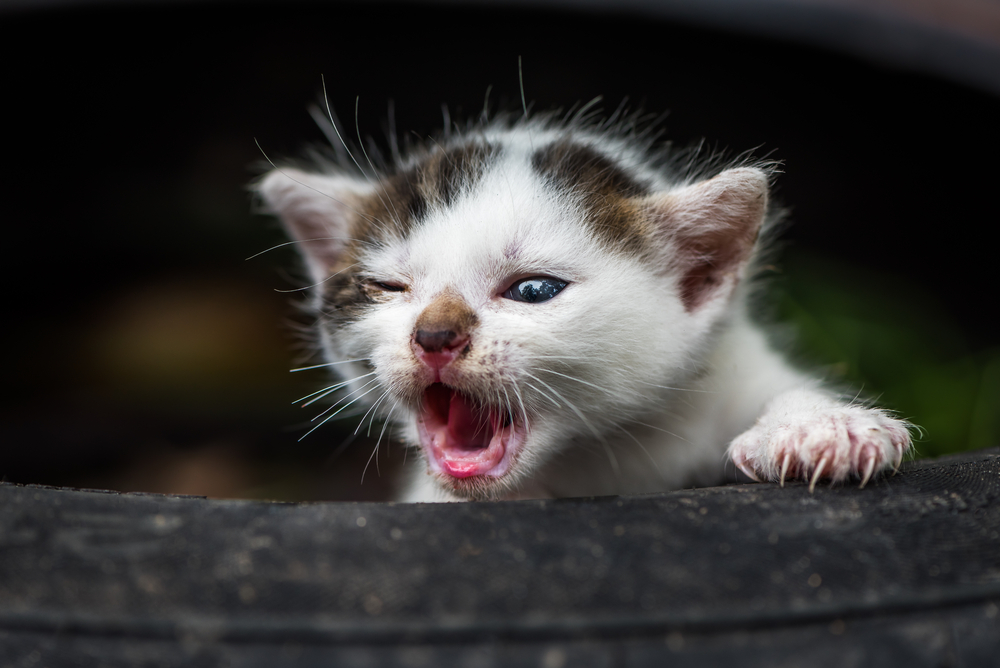
When we lose our teeth, it is pretty hard for us to adjust to our new lifestyle. There is a need for a new kind of diet and an inevitable necessity for dentures. Those are some serious changes that can affect our self-esteem and generally cause some great changes to happen in our lives.
Fortunately enough, felines do not struggle as much as we do as they are able to adapt fairly easily. Without their hunting weapons, they are still able to meow, hiss, purr, and generally produce all of their lovely vocalizations.
But most importantly, they are purrfectly able to eat normally, once their gums are healed, of course.
Cats who end up losing all or most of their teeth usually suffer from these two dental issues: gingivitis (stomatitis) or feline odontoclastic resorptive lesions (FORL).
Gingivitis or stomatitis is a term that refers to inflammation of the gums or the whole mouth, and the severest form of this condition is called Lymphocytic plasmacytic gingivitis/stomatitis (LPGS).
The cause of LPGS is pretty much unknown. It might occur because some felines are overly sensitive to the bacteria and plaque that can pile up on their gums. Or because of some immune-mediated diseases, like calicivirus and herpesvirus infections.
However, some breeds like Persians, Somalis, Siamese, or Himalayans are actually genetically predisposed. These breeds can get gingivitis as early as 6 months of age.
On the other hand, feline odontoclastic resorptive lesions (FORL) are a very common condition in felines, especially older ones. Some researchers claim that 20 to 60 percent of cats suffer from tooth resorption in their lifetime.
This condition can affect a couple of teeth or all of them. Cats with this condition tend to tilt their head to the “healthier” side, chew weirdly, avoid food, especially the dry kind, and only swallow the food they are given (without any prior chewing).
Having a toothless kitty: Should you be worried?

The reality of having a toothless kitty is understandably very frightening. But trust me when I tell you that there’s literally nothing to worry about!
A cat with no teeth can still live her best and happiest feline life. Sure, you as her owner will have to make certain changes concerning her diet and deal with the fact that she won’t be eating as fast as she used to, but other than that nothing much will change.
Of course, she won’t be much of a hunter anymore, but she’ll have her tongue to assist her in eating the food you “hunt” (read: buy in the store) for her.
The feline tongue is super useful as it has tiny, spiky filiform papillae on its surface which give it a sandpaper-like texture. Their tongues help them catch and latch onto food as well as move said food around their mouths.
So, that’s basically how a cat with no teeth is still able to eat.
How to care for a cat with no teeth? What food should you give her?
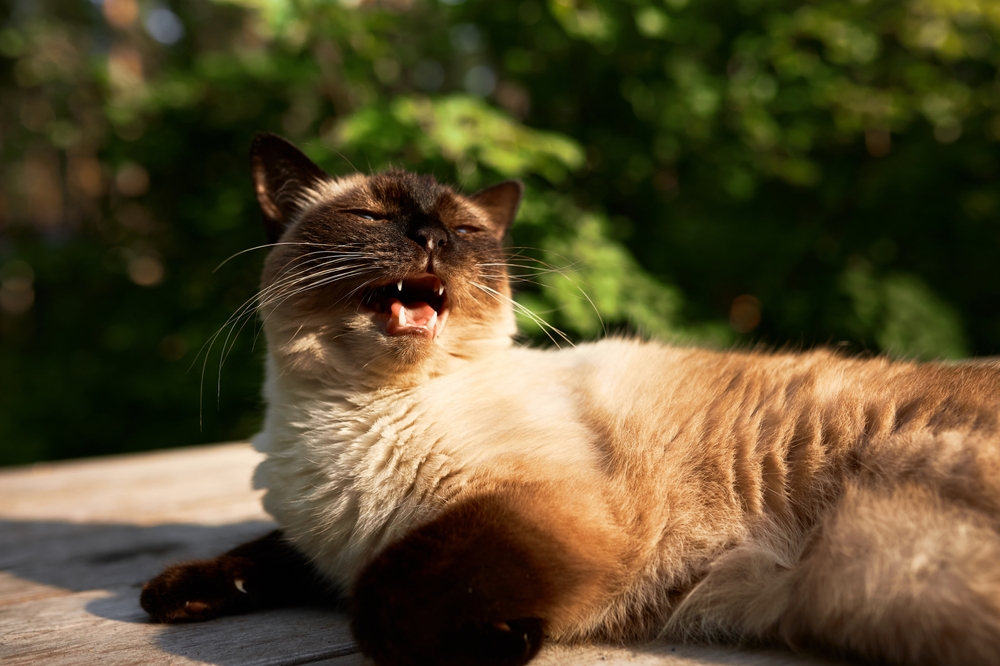
When it comes to deciding what type of food to give to a toothless feline, you as a responsible cat parent have to decide which type of food works best for your fluff. This is because there is no specific cat food on the market targeted to this specific medical need.
However, when you’re buying food for a cat with no teeth, here’s what you have to take into consideration:
- Is the texture of the food suitable for your kitty?
- Does it meet her nutritional needs?
It’s always best to give softer or wet food to a toothless fluff. The moisture content in cat food varies from type to type. For example, dry food like kibble contains 6 to 10 percent moisture. Semi-moist food has 60 to 65 percent, and wet food (like gravy or jelly) has up to 80 percent moisture.
Also, since felines can be pretty finicky when it comes to the food they are eating, you have to consider your cat’s personal preferences.
If your kitty loves kibble but struggles to eat it since she has lost her teeth recently, try to soften them with unseasoned meat or bone broth. In time, as her gums heal, she will be able to go back to regular dry food and swallow it without much trouble.
However, dry food should never be the primary food choice for your cat, especially if she’s toothless. Cats whose diet is completely based on dry food usually suffer from dehydration, excessive regurgitation irritable bowel syndrome (IBS), constipation, and other issues.
So, it’s best to alternate between wet and dry food anyway.
How to care for your fluff’s teeth?
Now that we know what causes tooth loss in cats and what type of food is best suited for toothless felines, it’s time to discuss what precautionary measures you can take to ensure your kitty doesn’t lose a single tooth.
We have already said that some breeds are genetically predisposed to tooth loss and that this condition is common in many elderly felines. However, there are certain things you can do on your part to be sure the dental health of your fluff stays intact.
1. Ensure she has a high-quality diet
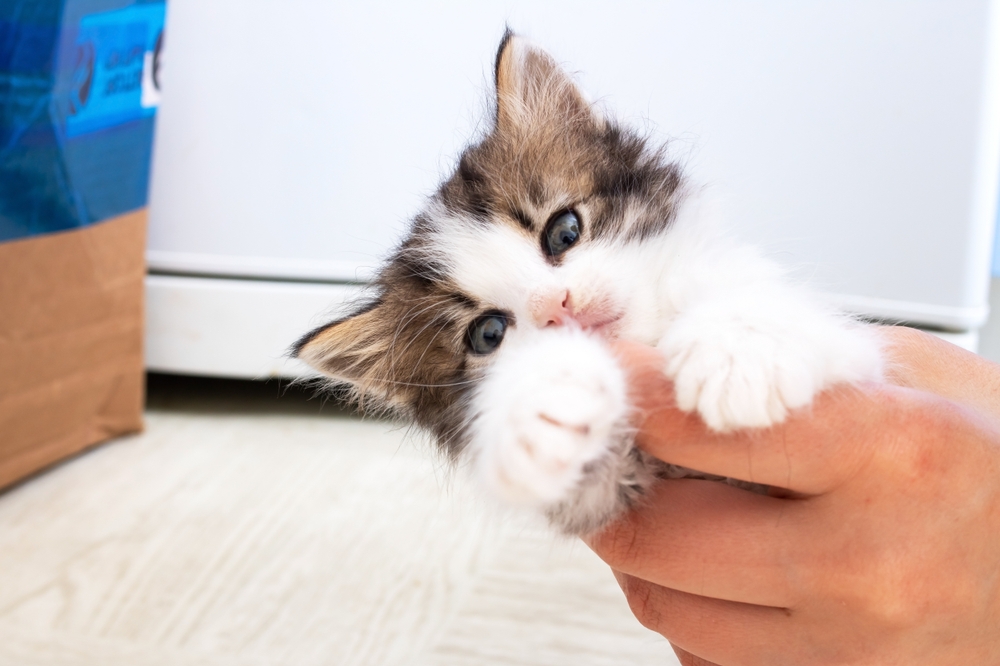
Ensuring a good and balanced diet is the most important thing you can do for your feline. Dry food mostly contains a lot of carbs and sugar and is generally bad for your kitty’s health and teeth.
Because of that, it would be best to completely switch to high-quality and nutritionally rich wet food. Or even try a raw meat diet as she is meant to eat it, anyway.
2. Brush your kitty’s teeth
Yes, you read that right. Brushing your cat’s teeth, however horrendous it may sound, is actually very important.
I suggest you start doing it from kittenhood, so your kitty can get used to it. However, don’t be discouraged if your feline is not a kitten anymore. It’s never too late to start doing something that’s beneficial for your fluff.
And of course, use only cat-friendly toothbrushes and toothpaste. Don’t even think about using your own toothpaste or your old toothbrush.
3. Have regular teeth checkups
Finally, never skip regular vet checkups. If you have a breed that’s prone to dental issues, make sure you take your furbaby to the vet every once in a while to have him check the health of her teeth and gums.
